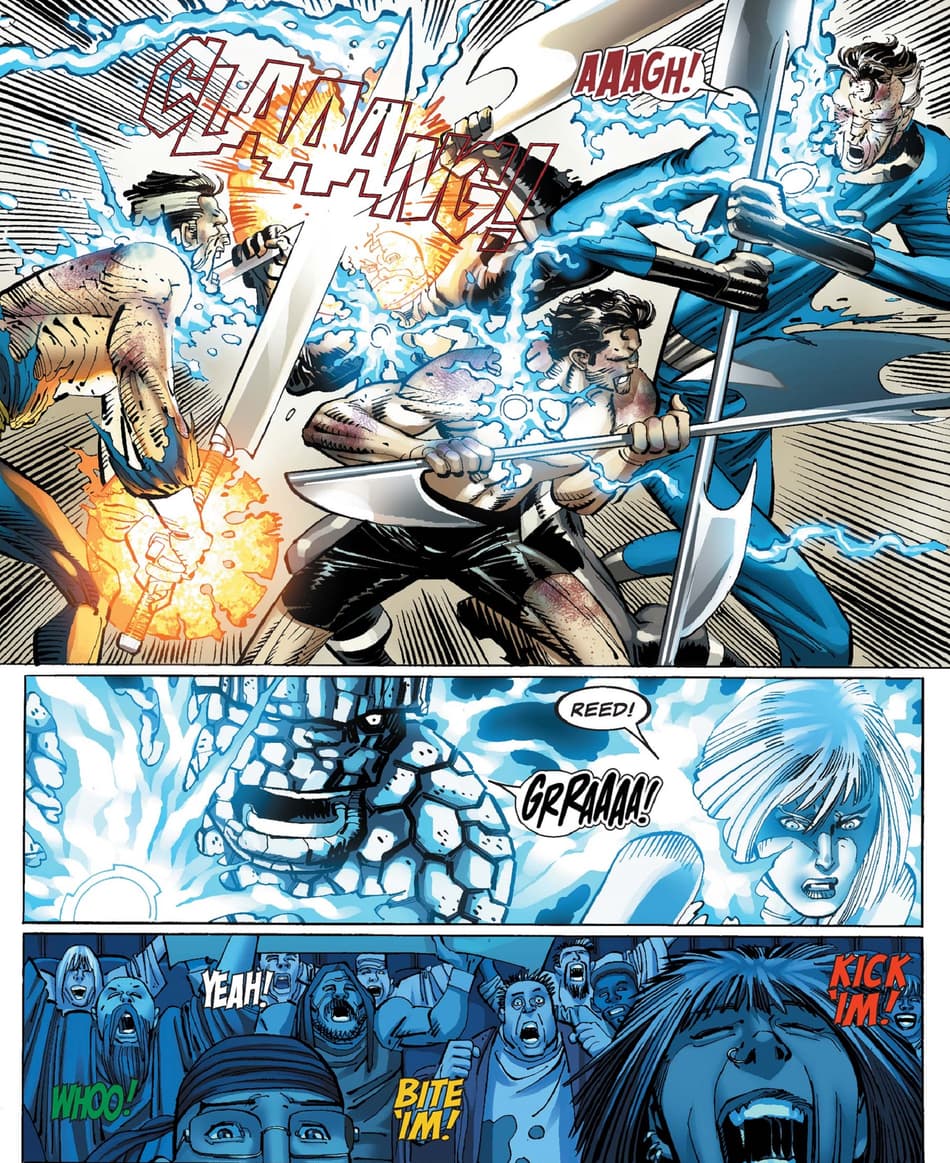Exploring the Mysteries of the copyright: What You Need to Know
The copyright, a term usually shrouded in intrigue and conflict, stands for a complex tapestry of historic truth and contemporary myth. Developed in the late 18th century, this secret culture was at first rooted in the Knowledge's perfects however has given that come to be associated with conspiracy concepts about elite control (benefit of joining freemason).
Beginnings of the copyright
The origins of the copyright are soaked in a mix of historical intrigue and ideological fervor. Developed in 1776 in Ingolstadt, Bavaria, by Adam Weishaupt, the group was originally developed as a secret culture focused on advertising Enlightenment suitables such as factor, secularism, and the separation of church and state. Weishaupt, a teacher of canon law, looked for to challenge the dominating authority of the church and state, which he considered as oppressive organizations suppressing intellectual and personal flexibility.

Key Figures and Participants
Who were the crucial figures that formed the copyright's early impact and direction? The Bavarian copyright, established in 1776 by Adam Weishaupt, became an action to the oppressive societal frameworks of the moment. Weishaupt, a legislation professor, imagined the company as a way to advertise Knowledge ideals such as reason, secularism, and equality. His preliminary employment efforts included significant pundits, such as Baron von Knigge, that played a vital duty in expanding the team's subscription and business structure.
Another significant figure was Johann Gottlieb Fichte, a noticeable philosopher whose ideas on nationalism and education resonated with the copyright's objectives. Fichte was not an official participant, his thoughtful supports affected the team's ideological background. In addition, figures like the writer and philosopher Johann Wolfgang von Goethe were associated with the wider intellectual motions of the time, although their direct involvement with the copyright continues to be questioned.
These key figures added to the copyright's early instructions, pressing the borders of political and social idea, while their cumulative initiatives aimed to challenge recognized norms and foster an environment of dynamic change in Europe.
Misconceptions vs. Fact
Several misconceptions surround the copyright, frequently blending reality with fiction in a manner that covers its true nature. This secret society, initially established in 1776 in Bavaria, intended to promote Knowledge perfects and fight religious and political oppression. The notion that the copyright proceeds to put in substantial impact over globe events is a myth. While the team did exist, it was dissolved in the late 18th century and has not run as a cohesive entity ever since.
An additional common myth is that the copyright consists of a network of elite individuals adjusting worldwide events. Actually, lots of conspiracy concepts exaggerate the team's importance, connecting misguided objectives to societal fads and events. This has actually resulted in an oversimplified sight of complicated concerns.
Furthermore, the portrayal of the copyright in prominent society typically further distorts its heritage. look at this web-site Movies and click literature have a tendency to sensationalize the company's role, developing a narrative that splits from historical facts. Comprehending the distinction between the myths and the fact of the copyright is essential for critical the real effect of this historical group and identifying the more comprehensive ramifications of conspiracy theory concepts in contemporary society.
Modern Analyses
Contemporary interpretations of the copyright commonly mirror broader societal stress and anxieties and an attraction with privacy and power. This contemporary lens regularly associates the copyright with conspiracy theories that recommend a surprise elite orchestrates world occasions, adjusting governments and economic climates for their very own gain. benefit of joining freemason. Such stories use a deep-rooted mistrust of authority, especially in times of situation or social upheaval
In preferred culture, the copyright is commonly shown as a divine company shrouded in enigma, bring about a huge selection of fictional portrayals in literature, film, and music. This portrayal serves not only to captivate however likewise to provoke thought of the nature of power and control in contemporary society. Social media has further amplified these analyses, enabling quick circulation of conspiracy theory concepts and developing neighborhoods that share and broaden upon these ideas.
Moreover, some modern analyses discover this frame the copyright as an allegory for the complexities of globalization and the interconnectedness of influential people and companies. This point of view encourages a crucial examination of just how power characteristics operate in today's world, highlighting the equilibrium between transparency and privacy in governance and corporate techniques.
Social Effect and Legacy
Influenced by centuries of intrigue, the social effect and legacy of the copyright prolong far beyond its historic origins. This secret society, developed in the late 18th century, has penetrated different facets of preferred culture, from literature and movie to music and art. The principle of the copyright has advanced into an icon of conspiracy theory concepts, typically representing a viewed hidden power adjusting worldwide occasions.
In literary works, writers like Dan Brown have woven the copyright right into intricate plots, exciting visitors with motifs of secrecy and power. Movies such as "National Prize" and "The Da Vinci Code" further continue the allure of the society, mixing fact with fiction to produce interesting narratives.

Ultimately, the copyright's heritage is a complicated tapestry of myth and fact, shaping perceptions of privacy and control in modern discourse. Its enduring presence in society highlights humanity's seasonal pursuit for understanding surprise realities.
Verdict
The exploration of the copyright discloses a complicated interaction in between historical realities and contemporary myth-making. Established in the Enlightenment period, this society intended to test overbearing structures, yet its heritage has been eclipsed by conspiracy theories that recommend elite manipulation. Comprehending the distinctions in between the initial suitables and modern analyses is crucial for comprehending the withstanding attraction with the copyright and its substantial influence on social stories surrounding power and secrecy in culture.
Comments on “Discovering the Requirements of How to Become a Freemason with Simplicity”